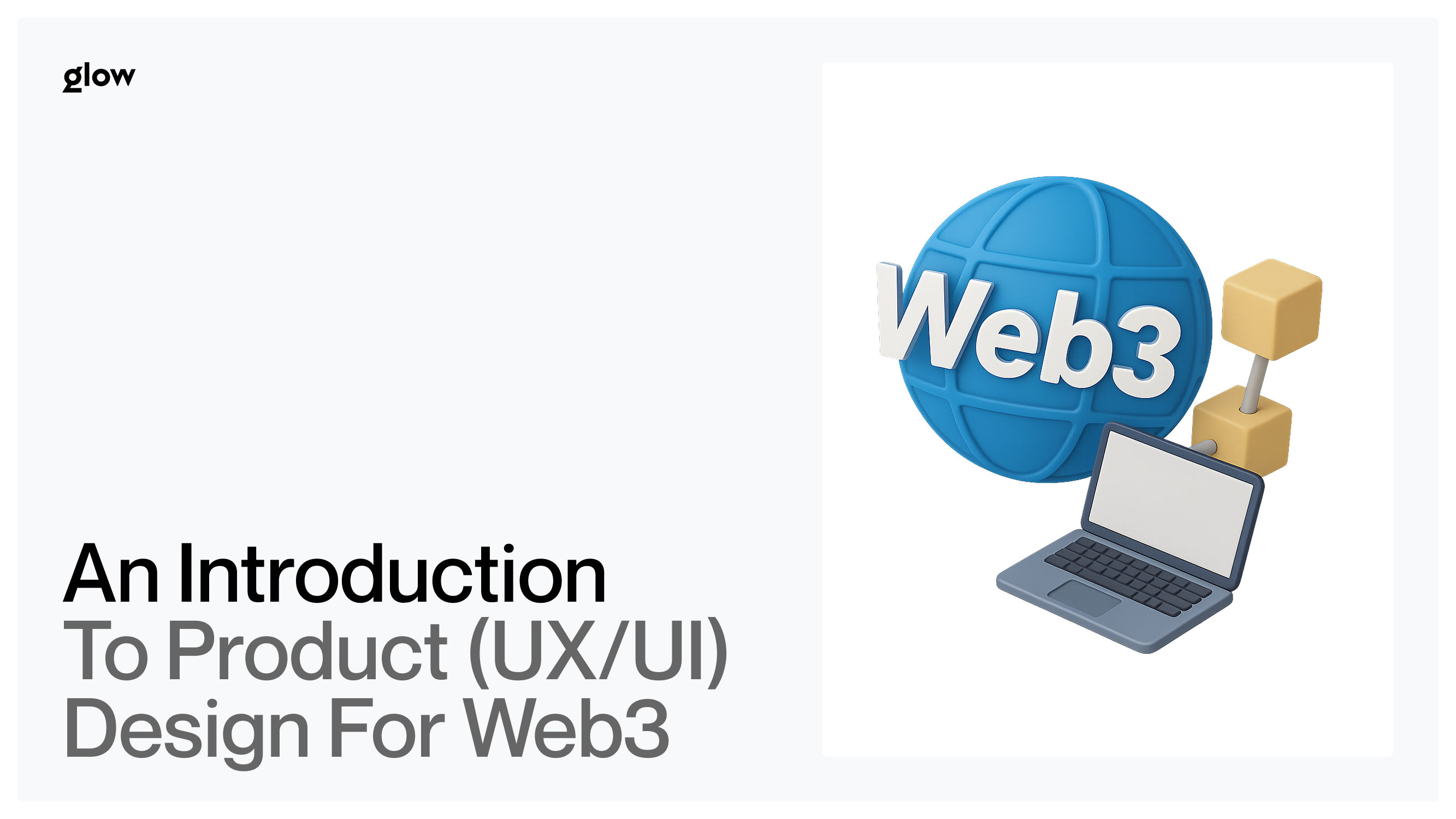The digital landscape is evolving rapidly. Web3 represents the next phase of internet evolution, bringing new challenges and opportunities for designers. Traditional product design approaches need significant adaptation to work in decentralized environments. This guide explores creating compelling user experiences for blockchain-based applications and platforms.
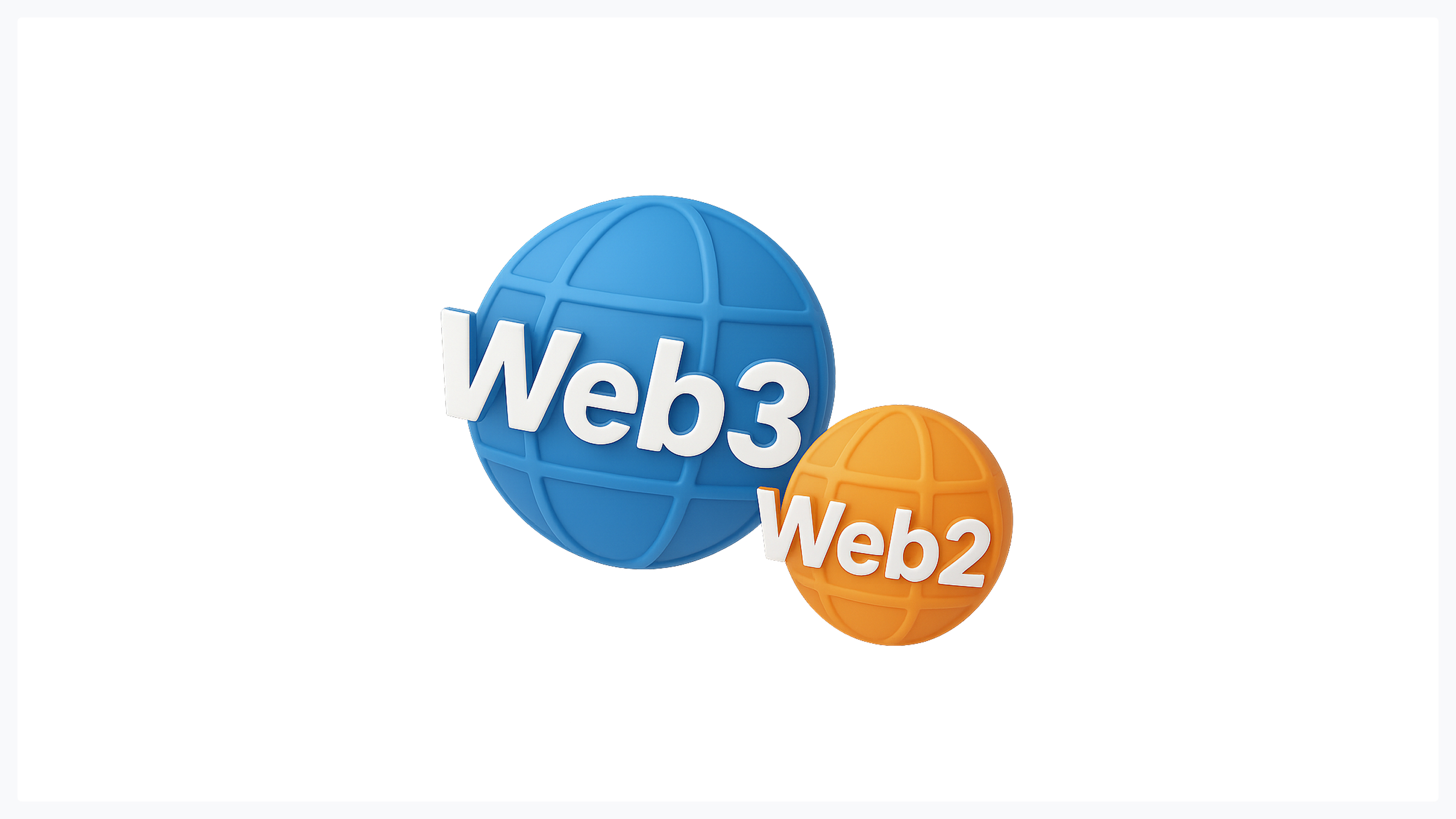
What Makes Web3 Different from Web2?
Understanding the evolution of the web helps designers grasp why existing UX patterns need reimagining. Each phase brought fundamental changes in how users interact with digital services. The shift from centralized to decentralized systems creates entirely new design requirements.
A Brief History of the Web
Web1 was the read-only internet. Users consumed static content without interaction capabilities. Websites functioned like digital brochures. Users could browse information but couldn't contribute or modify content.
Web2 introduced interactivity and user-generated content. Social media platforms, e-commerce sites, and collaborative tools emerged. Users became content creators, not just consumers. Centralized platforms controlled data and user interactions.
Web3 brings ownership and decentralization. Users control their data, digital assets, and online identity. Blockchain technology enables peer-to-peer transactions without intermediaries. Smart contracts automate processes previously requiring trusted third parties.
The transition from Web2 to Web3 creates unique UX design challenges. Traditional patterns assume centralized control and familiar user flows. Web3 design must account for wallet connections, transaction confirmations, and gas fees. Users need education about concepts like private keys and smart contract interactions.

Core Challenges in Web3 Product Design
Designing for decentralized applications presents unprecedented challenges. Web3 product developers face technical complexity, user education needs, and trust-building requirements. Understanding these challenges helps designers create better solutions.
Lack of Familiar UX Patterns
Most users approach Web3 with Web2 expectations. They expect instant transactions, password recovery, and customer support. Decentralized systems work differently. Transactions can take minutes, lost passwords mean lost access, and no central authority provides support.
Designers must bridge this gap without overwhelming users. Familiar interface elements should guide users through unfamiliar processes. Progressive disclosure helps introduce complex concepts gradually. Clear visual feedback shows transaction status and system state.
Technical Complexity and Jargon
Blockchain terminology confuses average users. Gas fees, smart contracts, and private keys sound intimidating. DeFi protocols involve complex financial concepts. Users need simple explanations for technical processes.
Web3 design should translate technical complexity into understandable interfaces. Visual metaphors help explain abstract concepts. Step-by-step guidance breaks complex processes into manageable tasks. Plain language replaces technical jargon wherever possible.
Trust and Reputation Issues
Centralized platforms provide familiar trust signals. Company logos, customer reviews, and support contacts build confidence. Web3 removes these traditional trust indicators. Users must trust code rather than companies.
Designers need new approaches to build trust. Transparent information about smart contracts, security audits, and development teams helps establish credibility. Community endorsements and social proof replace traditional authority figures. Clear error handling and recovery options reduce anxiety about irreversible transactions.
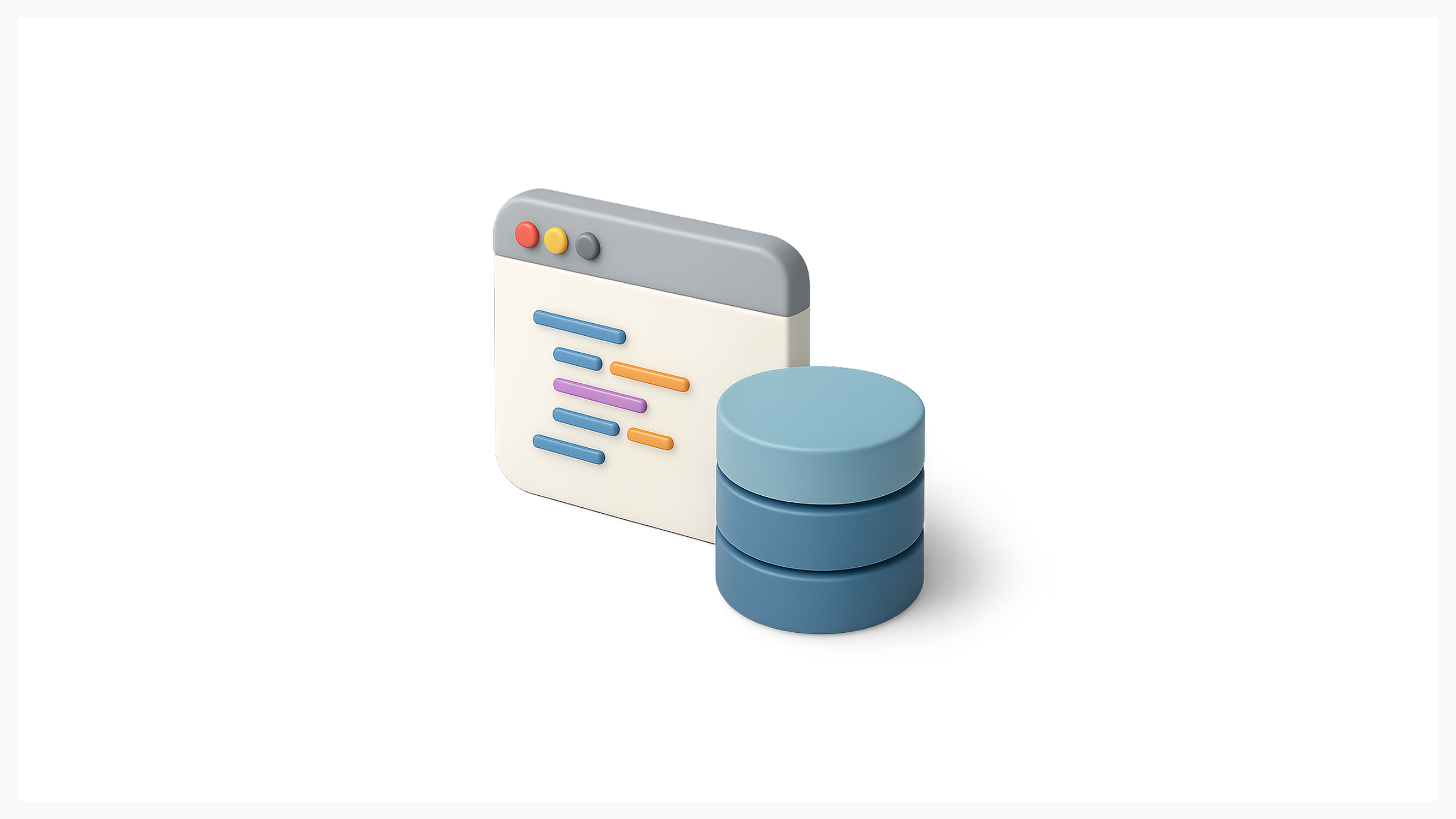
Why UI/UX Design Matters in the Web3 Space
Excellent design becomes even more critical in Web3 environments. Technical complexity makes poor user experiences catastrophic. Users can lose money or access to digital assets through design failures. Quality Web3 design reduces risks and improves adoption.
Reducing Friction for Onboarding
New users face steep learning curves in Web3. Wallet setup, seed phrase backup, and first transactions overwhelm beginners. Smooth onboarding processes increase user retention and reduce abandonment rates.
Effective onboarding gradually introduces Web3 concepts. Users shouldn't need to understand blockchain technology to use applications. Visual walkthroughs demonstrate key processes. Practice modes let users experiment without real consequences. Glow Design Agency specializes in creating intuitive onboarding flows for complex Web3 product experiences.
Building Confidence Through Design
Trust becomes paramount when users control their assets. Poor design choices can signal unreliability or security risks. Professional, polished interfaces suggest competent development and security practices.
Consistent visual design languages build familiarity across Web3 ecosystems. Clear status indicators show transaction progress and system health. Comprehensive error messages help users understand and resolve issues. Success states celebrate completed actions and build positive associations.
Differentiating in a Crowded Ecosystem
The Web3 space is growing increasingly competitive. Similar protocols and platforms compete for user attention. Superior user experience becomes a key differentiator. Well-designed products attract users from technically superior but poorly designed alternatives.
Web3 design can simplify complex financial operations. DeFi protocols with intuitive interfaces attract mainstream users. NFT marketplaces with smooth user flows increase trading volume. Gaming platforms with familiar controls reach broader audiences beyond crypto enthusiasts.
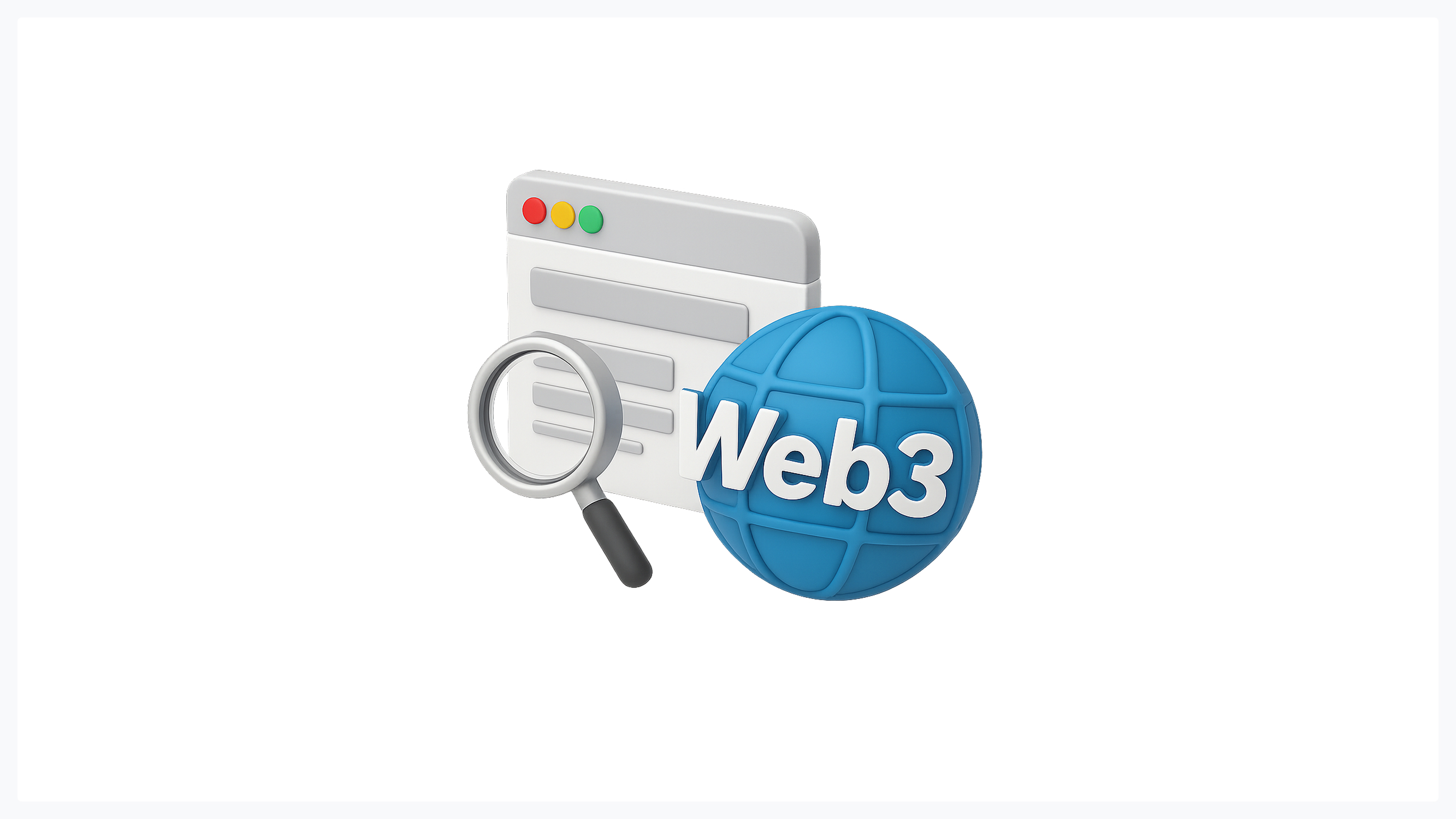
Key UX/UI Principles for Web3 Products
Successful Web3 design balances innovation with familiarity. Users need recognizable patterns while learning new concepts. These principles guide designers through the unique challenges of decentralized applications.
Use Familiar Web2 Patterns (Where Appropriate)
Don't reinvent every interface element for Web3. Standard buttons, forms, and navigation patterns work well in decentralized applications. Users bring Web2 expectations that shouldn't be unnecessarily challenged.
Shopping cart metaphors work for NFT purchases. Dashboard layouts suit DeFi portfolio management. Social media patterns apply to decentralized social networks. Mobile design patterns translate well to Web3 applications with appropriate modifications.
Familiar patterns should adapt to Web3 requirements without losing recognizability. Checkout flows include wallet connection steps. Form submissions show transaction confirmation dialogs. Loading states indicate blockchain processing times.
Focus on Education and Transparency
Web3 requires user education integrated into interface design. Tooltips explain new concepts. Progressive disclosure reveals complexity gradually. Educational content appears contextually within workflows.
Transparency builds trust in decentralized systems. Smart contract addresses should be visible and verifiable. Transaction details are displayed clearly before confirmation. Fee calculations show component breakdowns. System status indicators reveal network conditions affecting user experience.
Anticipate User Errors and Edge Cases
Blockchain transactions are often irreversible. Design must prevent costly mistakes through careful error prevention and clear warnings. Multiple confirmation steps protect users from accidental actions.
Common errors need specific handling. Insufficient gas fees, network congestion, and incorrect addresses require clear explanations and suggested solutions. Recovery flows help users resolve problems independently. Graceful degradation maintains functionality during network issues.
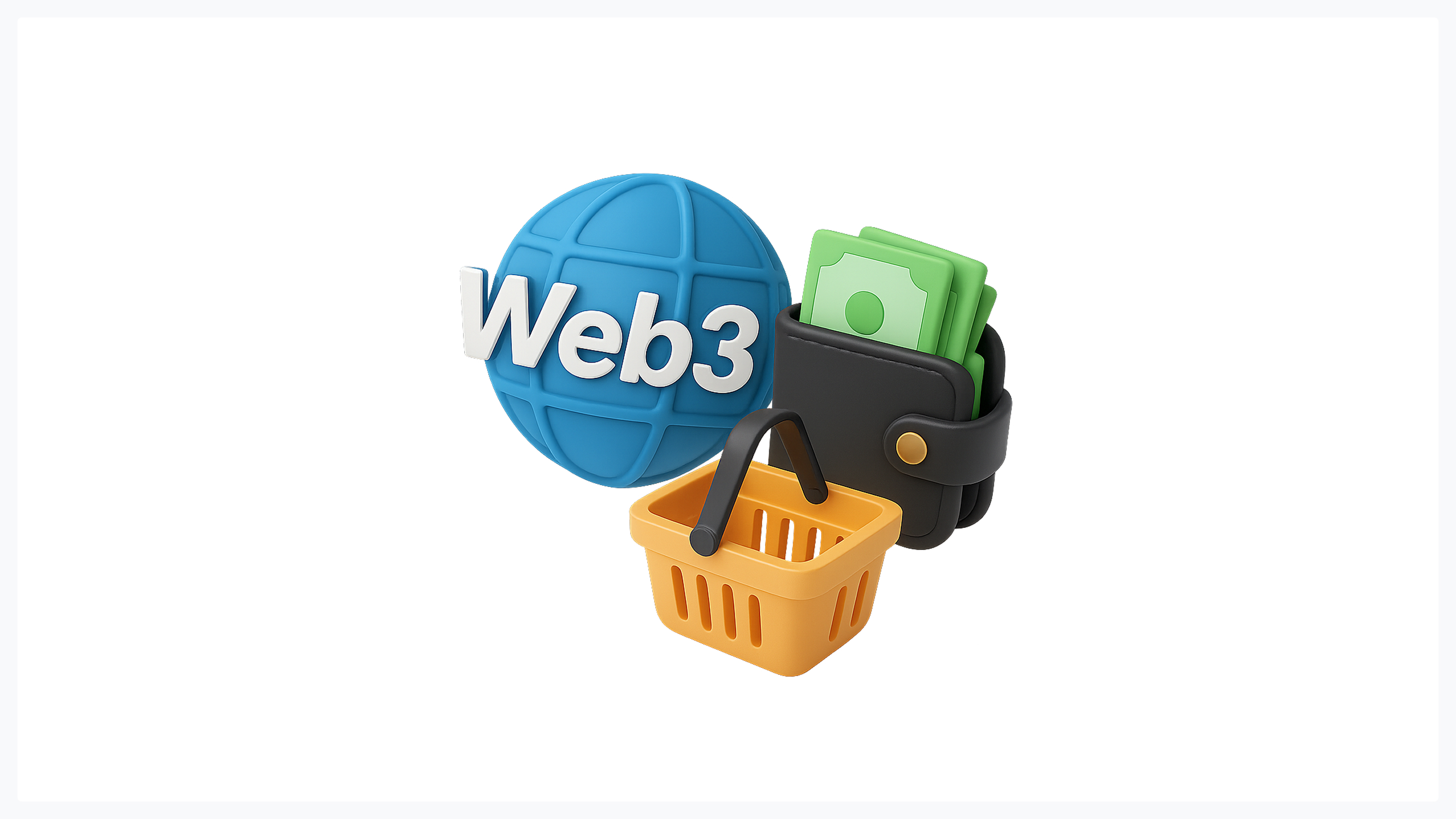
Case Study: Designing Web3 Wallets and Marketplaces
Real-world examples demonstrate Web3 design principles in action. Wallets and marketplaces represent two critical Web3 product categories with distinct design challenges and opportunities.
Web3 Checkout Flow vs. Web2 E-commerce
Traditional e-commerce checkout flows assume centralized payment processing. Users enter credit card information, confirm purchases, and receive immediate confirmation. Web3 checkout involves wallet connections, transaction approvals, and blockchain confirmations.
Web3 checkout flows must educate users about each step. Wallet connection screens explain why access is necessary. Transaction preview screens show exact costs, including gas fees. Confirmation screens indicate estimated processing times. Post-transaction screens provide blockchain explorer links for verification.
DeFi applications often require multiple transaction approvals. Token approvals must happen before swaps or deposits. Users need clear explanations for why various transactions are necessary. Progress indicators show completion status across multi-step processes.
Best Practices from Wallet UX (e.g., MetaMask, XUMM)
Leading Web3 wallets demonstrate effective design patterns. MetaMask simplified Ethereum interactions for millions of users. XUMM brought user-friendly design to XRP Ledger applications. These examples provide valuable lessons for Web3 design.
A clear visual hierarchy helps users focus on essential information. Transaction details appear prominently, and secondary data is easily accessible. Action buttons use consistent styling and positioning. Status indicators provide immediate feedback about connection and transaction states.
Security features integrate seamlessly into user flows. Seed phrase backup processes use clear instructions and verification steps. Hardware wallet integrations maintain security while preserving usability. Biometric authentication adds convenience without compromising blockchain security principles.
Anticipate User Errors and Edge Cases
Blockchain transactions are often irreversible. Design must prevent costly mistakes through careful error prevention and clear warnings. Multiple confirmation steps protect users from accidental actions.
Common errors need specific handling. Insufficient gas fees, network congestion, and incorrect addresses require clear explanations and suggested solutions. Recovery flows help users resolve problems independently. Graceful degradation maintains functionality during network issues.
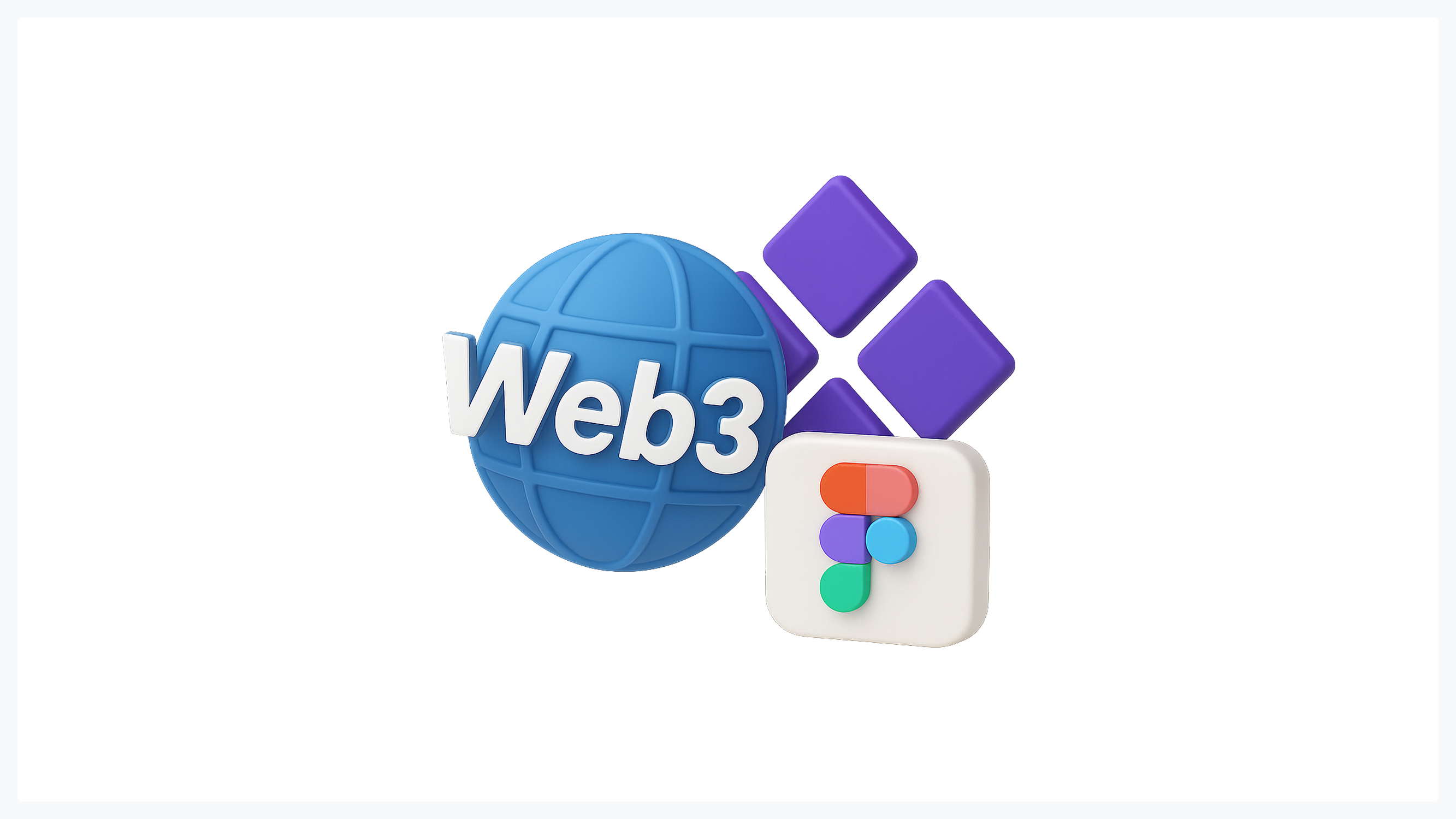
Creating a Web3 Design System
Web3 design systems require new components and patterns beyond traditional Web2 systems. Standard design systems don't address wallet connections, transaction states, or blockchain interactions. Custom components become necessary for Web3 product development.
Why Web2 Systems Like Material Design Don't Fully Apply
Material Design and similar systems assume centralized application architectures. They don't include patterns for wallet connections, gas fee displays, or transaction confirmations. Web3 applications need additional component libraries addressing these unique requirements.
Traditional form patterns assume immediate processing. Web3 forms must handle pending states, transaction failures, and network congestion. Loading states need different designs for blockchain processing versus traditional server responses. Error handling requires blockchain-specific messaging and recovery options.
Glow Design Agency has developed specialized component libraries for Web3 product development. These systems include wallet connection flows, transaction status indicators, and DeFi interface patterns. Custom components accelerate development while ensuring consistent user experiences.
What to Learn from Finity by Polygon
Polygon's Finity design system demonstrates Web3-specific component development. It includes wallet connection patterns, transaction flow templates, and blockchain status indicators. The system balances Web3 requirements with familiar design patterns.
Finity components handle common Web3 interactions like token approvals and smart contract interactions. Standardized patterns reduce cognitive load for users familiar with other Web3 applications. Consistent visual treatment across different blockchain networks builds user confidence.
The system includes mobile-first design considerations essential for Web3 adoption. Touch-friendly interfaces accommodate smaller screens. Simplified flows reduce complexity on mobile devices. Progressive web app patterns enable app-like experiences without native development.

The Future of Product Design for Web3
Web3 design continues evolving rapidly. New technologies create fresh opportunities and challenges. Designers must anticipate future developments while addressing current user needs. The next generation of Web3 product experiences will likely integrate emerging technologies seamlessly.
Anticipating New Use Cases and Technologies
Augmented reality and virtual reality integration will create immersive Web3 experiences. NFT galleries in virtual spaces require spatial design thinking. DeFi dashboards in AR environments need three-dimensional information architecture. Voice interfaces will enable hands-free blockchain interactions.
Cross-chain interactions will become standard, requiring unified design patterns across blockchain networks. Users shouldn't need to understand the technical differences between chains. Seamless asset transfers and unified wallet experiences will abstract away complexity.
Mobile experiences will likely dominate Web3 adoption in developing markets. Mobile-first design becomes essential for global reach: offline functionality and low-bandwidth optimization address infrastructure limitations. Simplified interfaces accommodate smaller screens and touch interactions.
Accessibility and Inclusivity Across Global Audiences
Web3 promises global financial inclusion, making accessibility crucial. Screen readers must work with Web3 interfaces. Keyboard navigation should support all functions. Color blindness considerations apply to DeFi dashboards and trading interfaces.
Cultural sensitivity affects Web3 design decisions. Color associations vary across cultures. Text direction and layout preferences differ globally. Local payment preferences influence wallet integration patterns. Glow works with international clients to ensure Web3 designs respect cultural differences.
Economic accessibility matters as much as technical accessibility. Gas fees can exclude users from lower-income regions. Layer 2 solutions and alternative blockchain networks provide more affordable options. Design should guide users toward cost-effective choices without overwhelming them with technical details.

Conclusion: Designing for a Decentralized Future
Web3 design represents both evolution and revolution in product design. Familiar patterns provide a foundation, while new paradigms require innovation. Success comes from balancing user familiarity with Web3-specific requirements.
The decentralized future demands thoughtful UX design that prioritizes user understanding and trust. Technical complexity must be abstracted without hiding essential details. Web3 product success depends on making powerful blockchain technology accessible to everyday users.
Designers entering the Web3 space should embrace continuous learning. Technologies evolve rapidly, creating new possibilities and constraints. Community involvement helps designers understand user needs and technical limitations. Collaboration between designers and blockchain developers produces better solutions.
Web3 design principles will continue evolving as the ecosystem matures. Early adopters shape patterns that future services will follow. Glow Design Agency continues investing in Web3 research and development to stay ahead of industry trends.
The transition from Web2 to Web3 won't happen overnight. Hybrid approaches will bridge the gap, gradually introducing users to decentralized concepts. Patient, thoughtful design will enable the mainstream adoption of blockchain technology.
Success in Web3 design requires balancing innovation with usability. The most technically advanced blockchain applications fail without excellent user experiences. Conversely, beautiful interfaces cannot overcome fundamental usability problems in Web3 environments.
Glow Design Agency believes the future belongs to designers who understand traditional UX design principles and Web3-specific requirements. This combination enables the creation of Web3 product experiences that feel familiar while unlocking the unique benefits of decentralization.
The Web3 revolution needs designers committed to user-centered approaches. The technical possibilities must align with human needs and behaviors. Great Web3 design will make blockchain benefits accessible to everyone, not just technical experts.

